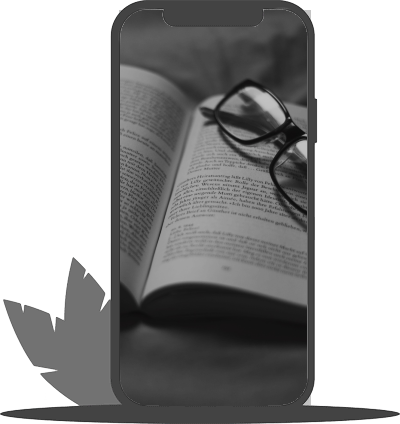Unsure about an article you saw in the news?
MENAACTION developed the TAQASI Search Engine; an instantaneous fact-checking tool. Simply paste an article link to check if you can trust its information.

The news content check has been completed successfully.
Our system made a check and determined the final score.
The final score is determined based on a number of tests that our system conducted in which it fact-checked the article's claims; assessed the article's source reliability; evaluated the article's bias; and examined how rich with evidence the article is.
The final score means the extent to which the article is trustworthy.
The news content check has been completed successfully.
Our system made a check and determined the final score.
The final score is determined based on a number of tests that our system conducted in which it fact-checked the article's claims; assessed the article's source reliability; evaluated the article's bias; and examined how rich with evidence the article is.
The final score means the extent to which the article is trustworthy.
Result may take up to a minute to appear, if it is taking longer, please use a valid link.

The TAQASI Project is a 6-month project that looks to provide targeted training for Jordanian journalists on identifying fake news, particularly content generated by Russian media outlets. In implementing this project, TAQASI is expected to result in strengthened capabilities among journalists to detect, identify, fact-check, and verify fake news as well as the competence to raise public awareness on fake news disseminated on and by Russia in a way that avoids adverse consequences.
The project is implemented by MENAACTION, under a grant by the US Department of State, through the US Embassy in Amman.

Always be curious!
The TAQASI Search Engine may not always produce results that are 100% accurate. Therefore, it is important that you do further investigations to ensure the validity of the news article.

Guidelines to detect and fact-check fake-news:
Answering journalistic questions: Who? When? Where? What? How? Why?
Sources: Does the article include one or more sources? Are these sources known or unknown? Are they primary or secondary? Are they reliable? Is the source authorized to speak about the subject? Do they give information or are they only expressing their point of view?
Title: Is the article’s title clear? Is it relevant to the material? Is it indicative of the article’s content?
Article Content: Indicates how to obtain information. The article may contain false or incomplete information. There may be fake or manipulated images or videos, and they could be unrelated to the material. See the date of publication to further verify.
For social media: Apply these guidelines in addition to looking at the user handle, photos, relations (friends or followers), and account verification. It is also very important to review visuals to determine whether they are manipulated or distorted, indicating artificial installation, and to apply available technologies and AI tools to verify and investigate visuals.

Platforms and Tools to detect and fact-check news:
Fact-Checking Websites: Fatabayyano; Factcheck.org; Akeed.jo; Snopes
Tools for Visuals: TinEye; Google Images; YouTube DataViewer; Image Verification Assistant
Artificial Intelligence Tools: ChatGPT by OpenAI; Gemini by Google; AI for Good by the United Nations; AI in Media and Journalism; Fake News Detection Tools and Research; Archive Today; Domainbigdata
TAQASI Project Objectives
TAQASI is expected to result in strengthened capacities among journalists to detect, identify, fact-check, and verify fake news as well as the competence to raise public awareness on fake news disseminated on and by Russia in a way that avoids adverse consequences.

Objective I
Equip Jordanian journalists with skills and tools to detect and identify fake news.
Objective II
Establish journalist-led fact-checking and verification mechanisms for fake news.


Objective III
Strengthen Jordanian journalists’ capacities and visibility to raise public awareness of fake news using fact-checked and verified sources.
View our blog page for some of our fact-checked work

Fact-Check
Source Reliability
Content Bias
Evidence Use
Fully Trusted
Highly Trusted
Slightly Trusted
Slightly Untrusted
Highly Untrusted
Fully Untrusted
Error
